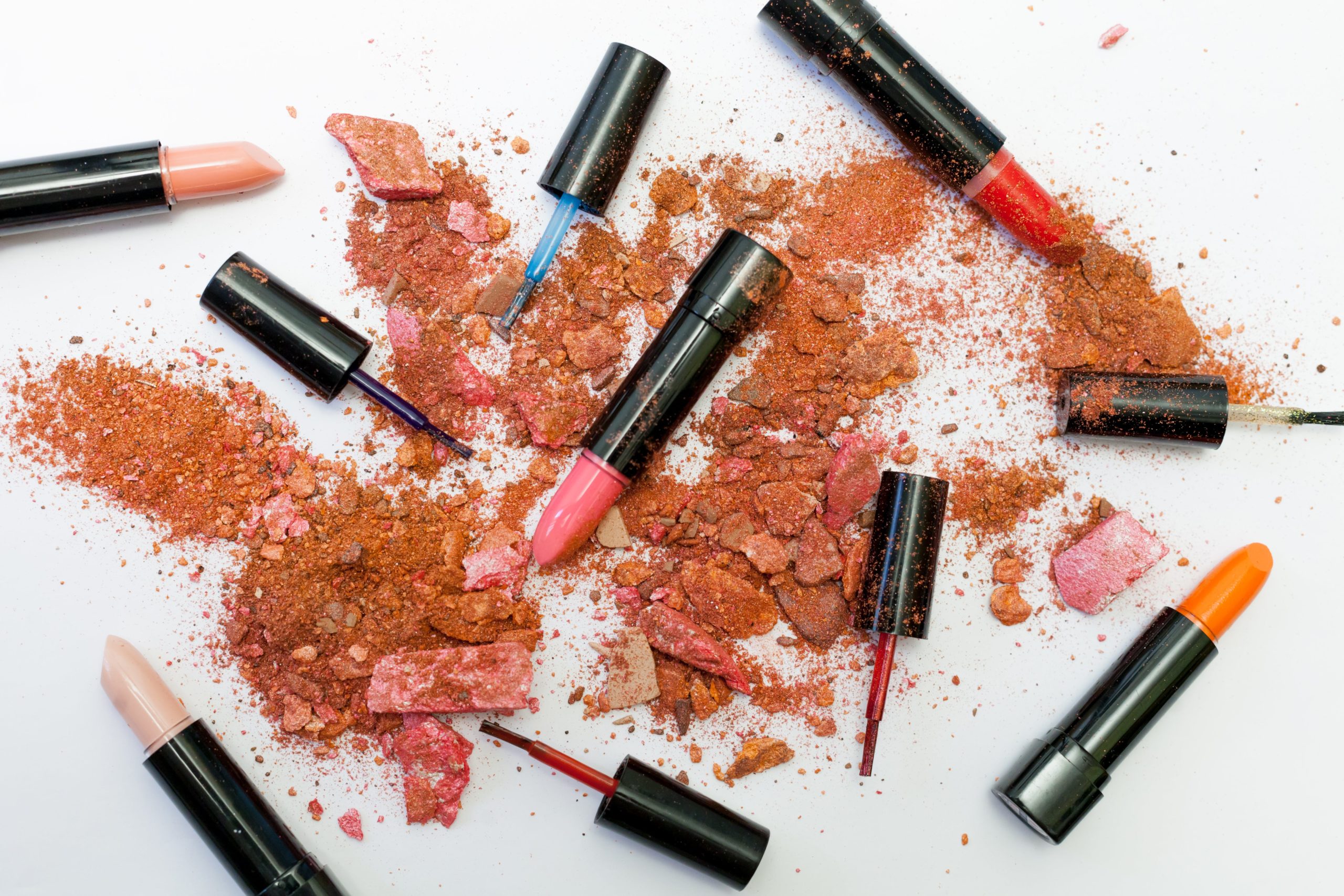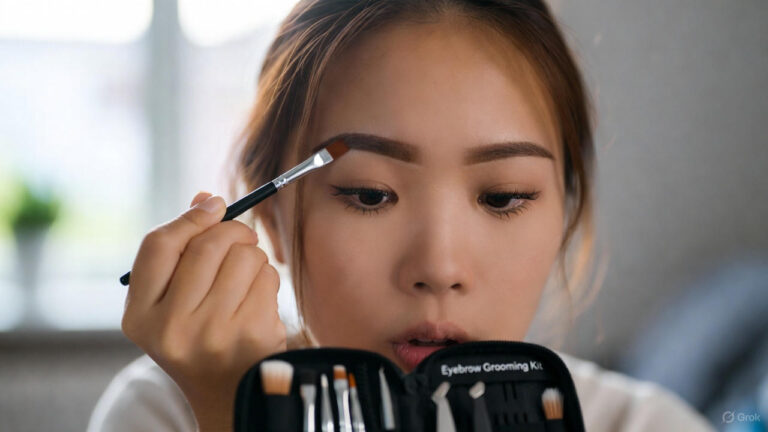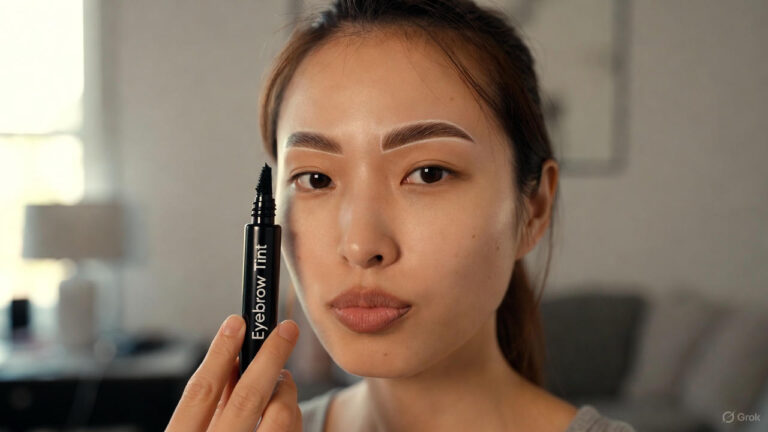Makeup artistry is a captivating blend of creativity and technique, and at its core lies the powerful tool of color theory. The influence of color theory in makeup extends far beyond choosing eyeshadow palettes or lip shades—it’s a language that artists use to create harmony, balance, and emphasis on the canvas of the face. In this exploration, we delve into the fascinating world of color theory in makeup artistry, understanding how the interplay of colors can transform a face into a masterpiece.
The Basics of Color Theory in Makeup
1. Understanding the Color Wheel
At the heart of color theory lies the color wheel, a circular diagram that organizes colors based on their relationships. The primary colors—red, blue, and yellow—form the foundation, and from their combinations, secondary and tertiary colors come out. Makeup artists use the color wheel to identify harmonious color schemes, guiding their choices in eyeshadows, lipsticks, and blushes.
2. Complementary Colors for Bold Contrasts
One of the fundamental principles of color theory is the use of complementary colors. Complementary colors are those positioned directly opposite each other on the color wheel, such as red and green or blue and orange. In makeup artistry, pairing complementary colors creates striking contrasts, making features pop. For instance, a red lipstick can be complemented with green eyeshadow for a dramatic and eye-catching look.
3. Analogous Colors for Subtle Blends
On the opposite end of the spectrum are analogous colors—those that sit side by side on the color wheel. These colors share similar undertones and create more subdued, harmonious looks. Makeup artists often use analogous color schemes to achieve seamless transitions in eyeshadow gradients or to create a monochromatic effect on the eyes, lips, and cheeks.
Enhancing Facial Features with Color
1. Eyes:
The eyes are often considered the focal point of makeup, and color theory plays a crucial role in enhancing their allure. Understanding your eye color can guide your choice of eyeshadows to create a harmonious and eye-catching look.
- Blue Eyes: Warm tones like peach, copper, and earthy browns complement blue eyes, creating a striking contrast. Shades of orange and gold can intensify the blue hue.
- Green Eyes: Purple and plum tones enhance the green in eyes, while earthy tones like taupe and warm browns create a balanced and natural look.
- Brown Eyes: Brown eyes offer a versatile canvas for various colors. Cool tones like blues and greens can provide a captivating contrast, while warm tones like bronze and gold add warmth.
2. Lips:
Choosing the right lip color can define the overall tone of your makeup. Color theory helps in selecting shades that complement or contrast with the rest of your look.
- Complementary Colors: Pairing lip colors that are opposite on the color wheel can create a bold and vibrant look. For example, a red lip with green undertones can complement a green eyeshadow look.
- Analogous Colors: Choosing lip colors that are adjacent on the color wheel provides a harmonious and balanced appearance. This can be achieved by selecting shades with similar undertones.
- Monochromatic Colors: Opting for lip colors within the same color family but with varying intensities can create a sophisticated and polished look. This is achieved by selecting shades that share a base color.
Creating Dimension with Contouring and Highlighting
Color theory extends beyond eyeshadows and lipsticks; it plays a vital role in sculpting the face through contouring and highlighting. Contouring involves using shades darker than the natural skin tone to create shadows and define features, while highlighting utilizes lighter shades to bring attention to specific areas.
Understanding the undertones of contour and highlight products is essential for achieving a seamless and natural look. Cool-toned contours can mimic natural shadows, while warm-toned highlights add a luminous touch. By applying these principles, makeup artists can sculpt the face, enhancing bone structure and creating a three-dimensional effect.
The Psychology of Color in Makeup
Beyond the aesthetic principles of color theory, understanding the psychology of color is paramount in makeup artistry. Different colors evoke distinct emotions and moods, allowing makeup artists to tailor their creations to express a particular vibe or message.
1. Red for Confidence and Power
The color red is synonymous with confidence and power. A bold red lip can instantly transform a makeup look, exuding strength and sophistication. Whether it’s a classic matte red or a vibrant scarlet, incorporating red into makeup communicates a sense of authority and allure.
2. Calming Blues and Tranquil Greens
Blues and greens are associated with calmness and tranquility. Soft blue eyeshadows or subtle green undertones in makeup can create a soothing effect. These colors are often used to balance bolder hues or to convey a sense of serenity in a makeup look.
3. Passionate Purples and Mysterious Indigos
Purple and indigo hues evoke a sense of mystery and passion. These colors are frequently employed to add depth and intensity to eye makeup. From royal purples to deep indigos, incorporating these shades adds a touch of allure and enigma to the overall aesthetic.
Conclusion
Color theory in makeup artistry is a dynamic and essential aspect that elevates the craft from a routine to an art form. By understanding the principles of the color wheel, leveraging the nuances of eye and lip colors, creating dimension through contouring and highlighting, and tapping into the psychology of color, makeup artists can transform faces into captivating canvases. The interplay of hues, tones, and shades opens up endless possibilities, empowering individuals to express themselves in unique and beautiful ways.
FAQs
Q1: Can I use bold eyeshadow colors for everyday makeup?
Absolutely! The key is to balance bold eyeshadow colors with neutral tones to create a cohesive and wearable look. Experimenting with vibrant shades can add a playful and creative touch to your everyday makeup routine.
Q2: How do I choose the right contour shade for my face?
Consider your skin’s undertones when selecting a contour shade. Cool-toned contours work well for individuals with cool undertones, while warm-toned contours complement those with warm undertones. Test shades on your jawline to find the most natural match.
Q3: Can I mix and match different color schemes in my makeup look?
Absolutely! Makeup is an art, and creativity knows no bounds. Experimenting with various color schemes can lead to unique and stunning results. Just ensure that the overall look maintains a sense of balance and harmony.



